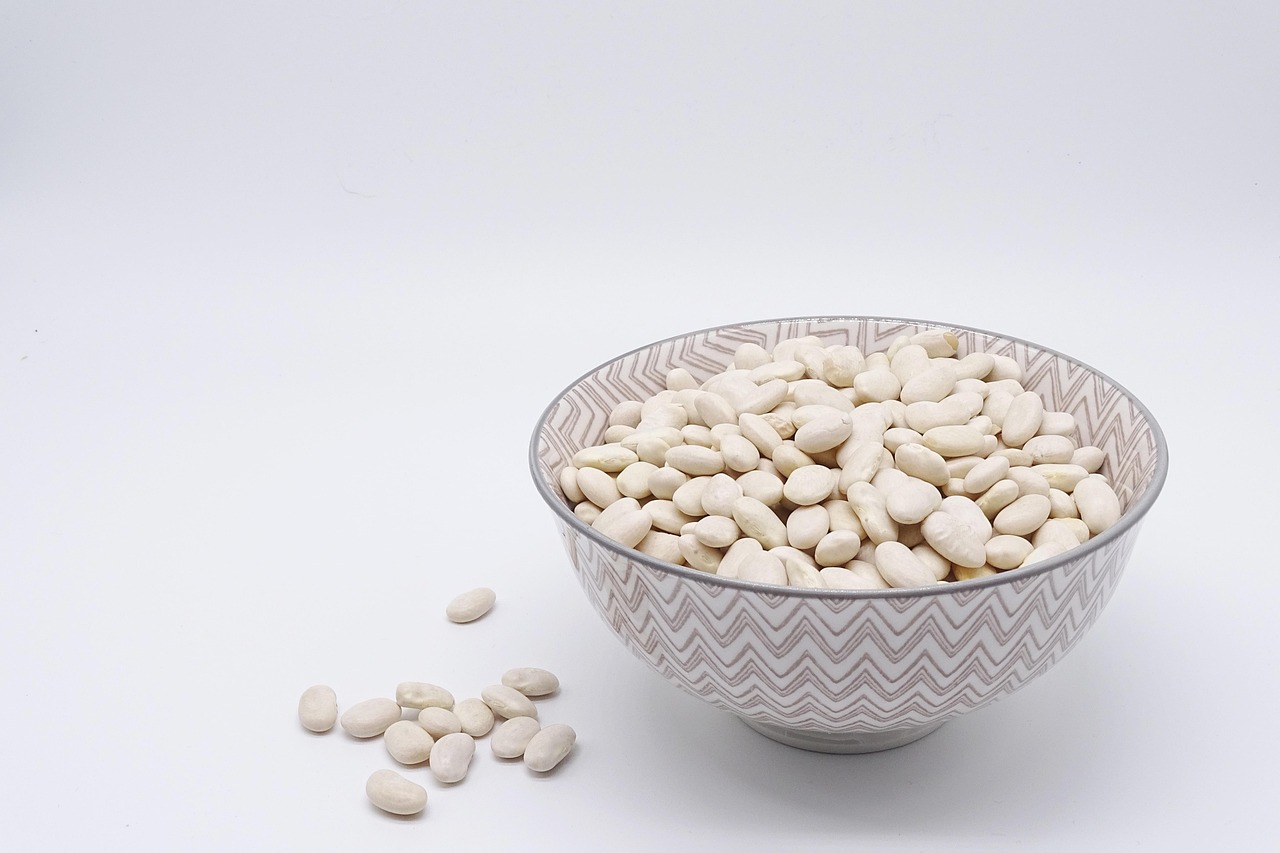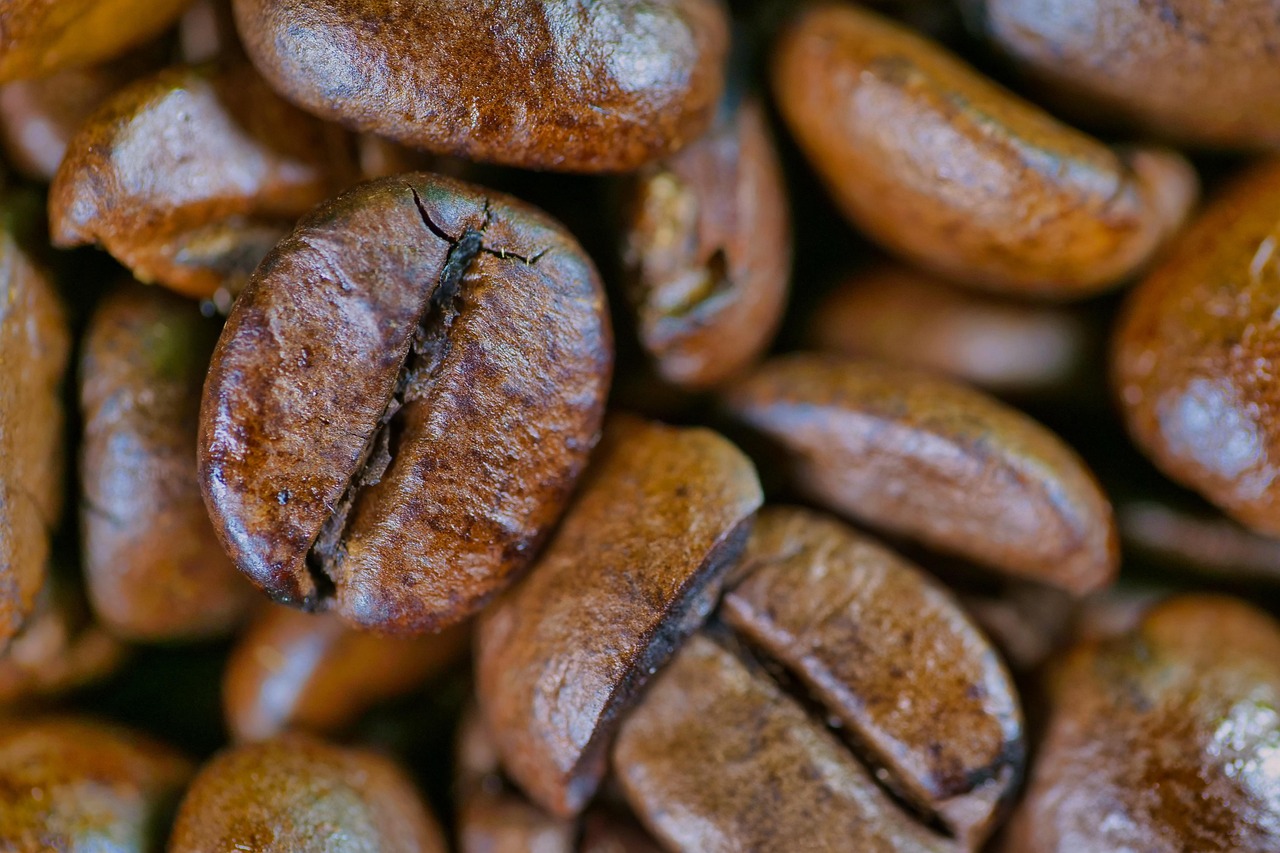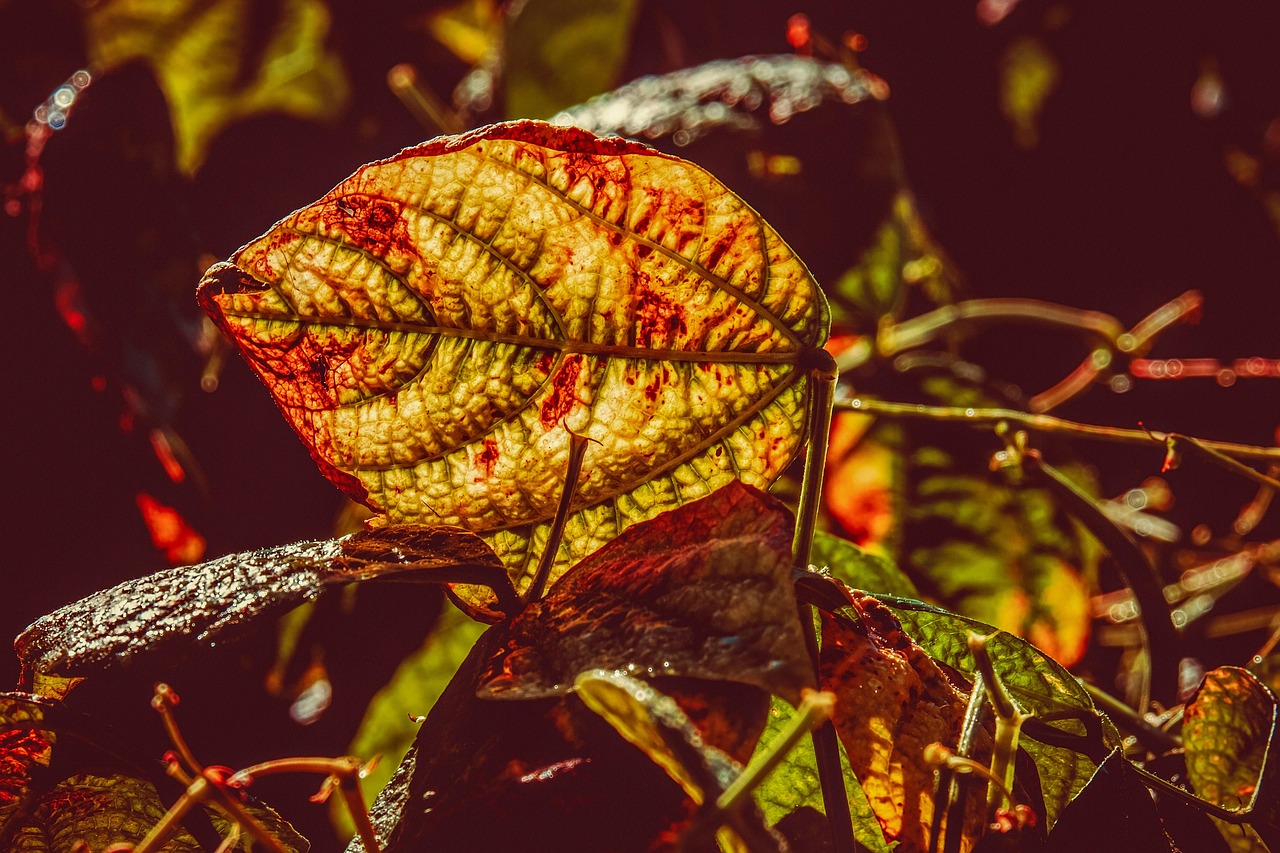The Indian Bean Tree, also known as the Catalpa tree, can grow at a rate of 3 to 5 feet per year. This rapid growth makes it an excellent choice for providing summer shade in gardens and landscapes.
The Indian Bean Tree, or Catalpa bignonioides, is a deciduous tree native to the southeastern United States. It is well-known for its large, heart-shaped leaves and showy white flowers that bloom in late spring to early summer. The tree can reach heights of 40 to 60 feet and has a broad, spreading canopy that provides ample shade. This makes it a popular choice for parks, yards, and public spaces where shade is desired during the hot summer months.

One of the defining characteristics of the Indian Bean Tree is its growth rate. Under optimal conditions, this tree can grow quite quickly, adding several feet each year. This swift growth can be particularly advantageous for homeowners seeking immediate relief from summer heat. Additionally, its large leaves offer excellent shade coverage, making outdoor spaces more comfortable during warmer months.
Factors Influencing Growth Rate
The growth rate of the Indian Bean Tree can be influenced by several factors. Understanding these elements can help ensure that the tree thrives and reaches its maximum potential. Here are some key factors that affect its growth:
- Soil Quality: Indian Bean Trees prefer well-drained soils that are rich in organic matter. Compacted or poor soils can hinder growth.
- Water Availability: Consistent moisture is crucial, especially during the tree’s early years. However, the tree is also drought-tolerant once established.
- Sunlight: These trees thrive in full sun, requiring at least six hours of direct sunlight each day for optimal growth.
- Temperature: Indian Bean Trees grow best in warm climates. They are hardy in USDA zones 4 through 9.
- Pest and Disease Management: Regular monitoring for pests and diseases helps maintain healthy growth rates.
In addition to these factors, proper care and maintenance can significantly impact the growth and health of the Indian Bean Tree. Regular watering during dry spells, mulching to retain moisture, and fertilizing in early spring can promote vigorous growth.

Growth Patterns
The growth pattern of the Indian Bean Tree is generally upright, with a broad canopy that expands as the tree matures. The tree begins its life with a strong central leader that should be maintained to ensure a straight trunk. Pruning should be done carefully to avoid damaging the tree’s natural shape while promoting healthy growth.
During the first few years, the tree focuses on establishing its root system. After this initial establishment phase, it will begin to exhibit significant vertical growth. The fastest growth typically occurs in well-maintained specimens that receive adequate sunlight and water.
| Age (Years) | Average Height (Feet) | Growth Rate (Feet per Year) |
|---|---|---|
| 1 | 3-5 | 3-5 |
| 3 | 10-15 | 4-6 |
| 5 | 20-30 | 5-7 |
| 10 | 40-50 | 3-5 |
This table illustrates the average growth of the Indian Bean Tree over its first decade. As seen, its growth rate tends to stabilize after reaching maturity but still remains impressive compared to many other tree species.

In summary, the Indian Bean Tree’s rapid growth rate makes it an excellent candidate for those looking to enhance their outdoor spaces with shade. Its adaptability to various soil types and resilience in different climates contribute to its popularity among homeowners and landscapers alike.
Optimal Growing Conditions for Indian Bean Trees
To achieve the best growth rates and health for Indian Bean Trees, it is crucial to provide optimal growing conditions. These conditions encompass various environmental factors, including soil type, sunlight exposure, and water availability. By understanding and catering to these needs, gardeners can ensure robust growth and a thriving canopy.
Soil Type and Preparation
The Indian Bean Tree thrives in well-drained soils. It prefers loamy or sandy soils rich in organic matter. Poor drainage can lead to root rot, stunting the tree’s growth. Here are some tips for preparing the soil:
- Test Soil pH: The ideal pH range is between 6.0 and 7.5. Testing kits are available at garden centers.
- Add Organic Matter: Incorporate compost or rotted manure to improve soil fertility and structure.
- Ensure Good Drainage: If your soil retains too much water, consider adding sand or gravel to enhance drainage.
Sunlight Requirements
Indian Bean Trees require a full sun location to flourish. They need at least six hours of direct sunlight each day. Insufficient sunlight can lead to weak growth and fewer flowers. When selecting a planting site, consider the following:

- Avoid Shaded Areas: Ensure the tree receives ample sunlight throughout the day.
- Consider Nearby Structures: Plant away from buildings or other trees that may block sunlight.
- Monitor Seasonal Changes: Be aware of how shadows may shift with the seasons, potentially affecting sunlight exposure.
Watering Practices
While Indian Bean Trees are drought-tolerant once established, they require consistent watering during their early years. Proper watering practices can greatly influence growth rates:
- Initial Watering: Water young trees deeply once a week during dry spells to ensure proper root development.
- Mulching: Apply a layer of mulch around the base to retain moisture and regulate soil temperature.
- Avoid Overwatering: Ensure the soil dries out slightly between watering sessions to prevent root rot.
Pests and Diseases
Like all trees, Indian Bean Trees can be affected by various pests and diseases. Early detection and management are essential for maintaining health and promoting growth. Some common pests include:
- Caterpillars: These can defoliate leaves rapidly. Hand-picking or using organic insecticides can help control them.
- Aphids: These small insects suck sap from leaves, causing yellowing. Introduce beneficial insects like ladybugs for natural control.
- Scale Insects: Look for sticky residue on leaves. Insecticidal soap can be effective against scale infestations.
In addition to pests, diseases such as leaf spot and root rot can affect Indian Bean Trees. Regular monitoring for signs of distress is important. Here are some preventive measures:
- Avoid Overcrowding: Ensure proper spacing between trees to promote airflow.
- Practice Good Hygiene: Remove fallen debris around the base to reduce disease risk.
- Use Disease-Resistant Varieties: If available, choose cultivars known for their resistance to common diseases.
The Importance of Pruning
Pruning is an essential practice for maintaining the health and appearance of the Indian Bean Tree. Pruning helps shape the tree, encourages healthy growth, and can even enhance flowering. Here are some guidelines for effective pruning:
- Timing: Prune in late winter or early spring before new growth begins.
- Remove Dead or Damaged Branches: This promotes better air circulation and prevents disease spread.
- Shape the Canopy: Aim for a balanced shape by selectively thinning branches that cross or crowd each other.
By following these growing conditions and care practices, gardeners can optimize the growth rate of their Indian Bean Trees, ensuring a lush and shaded environment during the summer months.
Choosing the Right Location for Planting
The success of growing an Indian Bean Tree largely depends on selecting the right location. The ideal site should offer the necessary sunlight, space, and soil conditions to foster healthy growth. Understanding these requirements can make a significant difference in how well the tree thrives.
Space Considerations
Before planting, it is essential to consider the mature size of the Indian Bean Tree. With a potential height of 40 to 60 feet and a spread of 30 to 40 feet, adequate space is vital to avoid overcrowding. Here are some tips for spacing:
- Minimum Distance: Plant Indian Bean Trees at least 15 to 20 feet away from structures, fences, and other trees to allow for proper growth and airflow.
- Group Planting: If planting multiple trees, ensure they are spaced at least 20 feet apart to prevent competition for resources.
- Consider Future Growth: Take into account any nearby trees or structures that may shade the area as they grow.
Environmental Factors
Environmental conditions such as temperature, wind exposure, and local wildlife can also impact the growth of an Indian Bean Tree. Here are some considerations:
- Wind Protection: Planting near a natural windbreak, such as a row of shrubs or another tree, can help protect young trees from strong winds.
- Temperature Extremes: In areas with extreme temperatures, planting in a location that provides some shelter from harsh conditions can promote better growth.
- Wildlife Interactions: Be aware of local wildlife that may damage young trees. Fencing or protective barriers can help deter animals such as deer and rabbits.
Fertilization and Soil Amendments
Proper fertilization can significantly enhance the growth rate of Indian Bean Trees. While these trees can grow in average soil, providing additional nutrients can support faster and healthier growth. Here’s how to effectively fertilize:
When to Fertilize
The best time to fertilize an Indian Bean Tree is during its active growing season, typically in early spring. This timing allows the tree to utilize nutrients effectively as it prepares for new growth. Here are some guidelines:
- Early Spring Application: Apply fertilizer when buds begin to swell, signaling the start of the growing season.
- Mid-Summer Boost: If growth appears sluggish or leaves show signs of nutrient deficiency, a second application in mid-summer can be beneficial.
Types of Fertilizers
Choosing the right type of fertilizer is crucial for supporting healthy growth. Here are some recommended options:
- Slow-Release Fertilizers: These provide a steady supply of nutrients over time and reduce the risk of over-fertilization.
- Organic Options: Compost or well-rotted manure can improve soil structure and provide essential nutrients without chemical additives.
- N-P-K Ratio: Look for fertilizers with an N-P-K ratio suitable for trees, such as 10-10-10 or 15-15-15, to support balanced growth.
Seasonal Care Regimen
Caring for Indian Bean Trees involves seasonal maintenance practices that keep them healthy throughout the year. Establishing a seasonal care regimen can help ensure robust growth and longevity.
Spring Care
During spring, focus on preparing the tree for its active growth phase:
- Fertilize: As mentioned earlier, apply fertilizer to support new growth.
- Watering: Ensure consistent moisture levels as the tree begins to leaf out.
- Inspect for Pests: Monitor for any signs of pests or diseases that may have emerged during winter.
Summer Maintenance
The summer months require ongoing care to keep the tree healthy:
- Regular Watering: During dry spells, ensure deep watering to encourage strong root development.
- Pest Control: Continue monitoring for pests and address any infestations promptly.
- Mowing Around Base: Keep grass and weeds trimmed around the base to reduce competition for nutrients.
Fall Preparations
As summer wanes, prepare the tree for winter:
- Pruning: Complete any necessary pruning to shape the tree and remove any dead or damaged branches.
- Mulching: Apply mulch around the base to insulate roots and retain soil moisture throughout the colder months.
- Monitor for Signs of Stress: Watch for any signs of stress due to changing temperatures or pests before winter sets in.
This comprehensive approach to location selection, fertilization, and seasonal care will help maximize the growth potential of Indian Bean Trees, allowing them to provide ample shade during hot summer months.
Additional Benefits of Indian Bean Trees
Beyond their rapid growth rate and ability to provide summer shade, Indian Bean Trees offer several additional benefits that make them a valuable addition to any landscape. Understanding these advantages can further encourage homeowners and landscapers to select this tree for their outdoor spaces.
Environmental Benefits
Indian Bean Trees play a significant role in supporting local ecosystems. Here are some of the environmental benefits they provide:
- Air Quality Improvement: Trees absorb carbon dioxide and release oxygen, contributing to improved air quality. Indian Bean Trees can help mitigate urban air pollution.
- Habitat for Wildlife: The large leaves and flowers attract various pollinators, including bees and butterflies, while also providing shelter for birds and small mammals.
- Soil Erosion Prevention: The extensive root system of the Indian Bean Tree helps stabilize soil, reducing erosion on slopes and in gardens.
Aesthetic Appeal
The Indian Bean Tree is not only functional but also adds aesthetic value to landscapes. Its unique features enhance visual interest in gardens and parks. Consider the following:
- Ornamental Qualities: The tree’s large, heart-shaped leaves provide a lush appearance, while its showy white flowers create a striking display in summer.
- Seasonal Interest: The tree’s foliage provides a vibrant green backdrop in spring and summer, while its bare branches can create an interesting silhouette against winter skies.
- Shade Features: The broad canopy offers a perfect place for outdoor activities, such as picnics or reading in the shade.
Low Maintenance Requirements
Once established, Indian Bean Trees require relatively low maintenance compared to other tree species. This makes them an excellent choice for busy homeowners or those new to gardening:
- Drought Resistance: After the initial establishment period, these trees can withstand dry conditions with minimal watering, making them suitable for regions with limited rainfall.
- Pest Resilience: While they can be susceptible to certain pests, they generally have fewer issues than many other common landscape trees.
- Minimal Pruning Needs: Indian Bean Trees do not require extensive pruning, making care simple and straightforward.
Final Thoughts
The Indian Bean Tree is an exceptional choice for anyone looking to add beauty and shade to their outdoor environment. With its rapid growth rate, environmental benefits, and low maintenance requirements, it stands out as a versatile tree for various landscaping needs. Homeowners can enjoy the quick relief from summer heat that this tree provides while also benefiting from its contributions to local ecosystems.
When planting an Indian Bean Tree, attention to soil quality, sunlight exposure, and proper care practices will ensure its successful growth. Regular monitoring for pests and seasonal maintenance will help maintain the tree’s health and appearance over time. The Indian Bean Tree not only enhances the aesthetic appeal of landscapes but also supports wildlife and improves air quality.
In summary, the Indian Bean Tree offers a myriad of benefits that make it a worthy addition to any garden. From its impressive growth rate to its role in providing summer shade, it is a tree that promises both beauty and functionality. Whether you are a seasoned gardener or just starting, incorporating this magnificent tree into your landscape can lead to years of enjoyment and environmental contribution.
